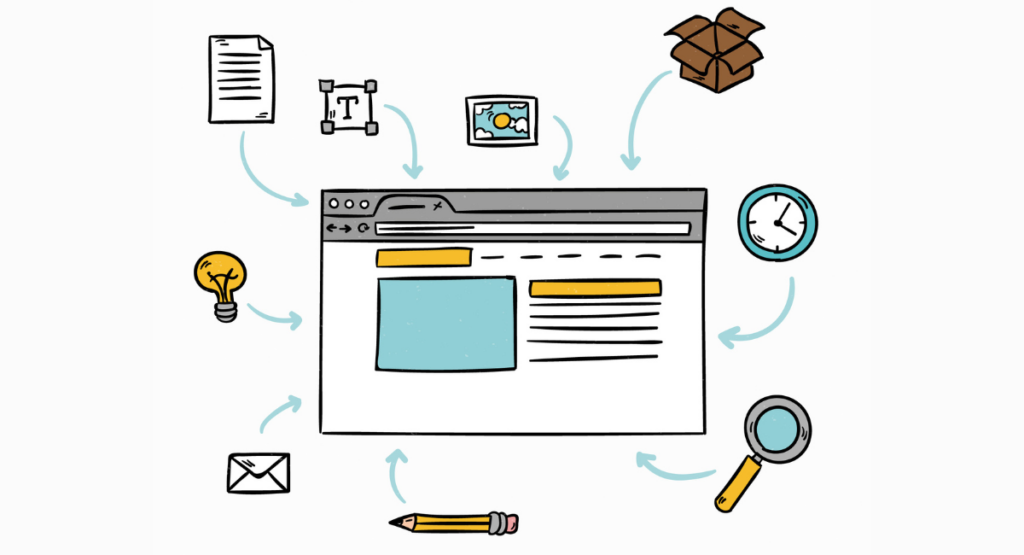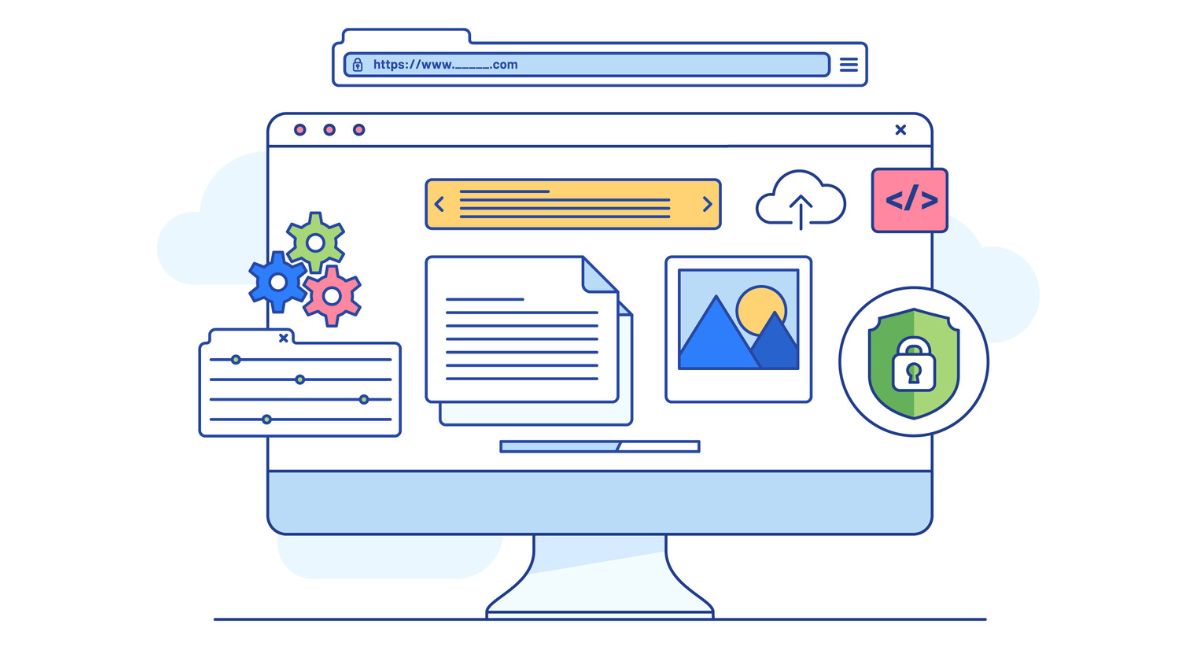That is the efficiency one needs in today's dynamic digital life. Be it a web developer, quality assurance, or software tester; the right tooling can make things a lot easier.
Browser emulators with instant access and no setup set a new vision of how we do web testing. These tools allow simulation and interaction with a number of browser environments, all without the hassle associated with intensive setup or configuring.
This is a fast and efficient solution to testing web applications across different browsers and platforms. Learn how to increase productivity, with an assurance that web applications perform optimally in any browser using these virtual testing tools.
Benefits of Using Browser Emulators

It has several advantages, especially for the developer and testing phase of a website. Such tools will emulate the presentation and functionality of a website on several different web browsers, which will not actually have machines or devices to be installed on.
In this way, it provides a faster and more efficient way to test whether a website provides uniformity in the user experience, no matter which browser is used.
Cross-Browser Compatibility Testing
One of the primary benefits of browser emulators is facilitating cross-browser compatibility testing. This type of testing is crucial because websites can display differently in various browsers.
What looks perfect in one browser might be broken in another. Browser emulators allow developers to quickly and easily check their websites in multiple browser environments, including outdated versions, to ensure consistent performance.
By testing in multiple conditions, developers can identify and fix issues before they affect the user experience.
Device Testing
Apart from cross-browser testing, emulators help in testing on a variety of devices, especially in the case of mobile responsiveness. Mobile devices come in many shapes and sizes, and any website must perform well in all these variants.
By emulating browsers, a developer can preview how the site will look on different devices from smartphones to tablets without having to physically own each.
This not only makes the process of testing faster but engages by far fewer expenses involved in maintaining a pool of test devices.
Top Browser Emulators with Instant Access
With the growing need for end-to-end testing, comes with it more of the tools one has at their disposal to make said task easier.
Here are some of the very best browser emulators that provide quick access without requiring any kind of elaborate setup, hence highly efficient for quick testing cycles.
BrowserStack
One of the top names related to any online browser emulator is BrowserStack. It provides instant access to a variety of browsers and operating systems through its cloud platform, making it an ideal solution for cross-browser testing.
Using BrowserStack, developers can test their applications on more than 2000 real devices and browsers. This means they know precisely how their app or website will perform on any device without the biases and troubles of setting up testing labs physically.
The ability to integrate with multiple development and test frameworks, along with its robust security features, makes BrowserStack a favorite among large enterprises.
Sauce Labs
Sauce Labs is a one-stop-shop for all testing needs, coupled with browser emulators that provide the necessary coverage for desktop and mobile environments.
Their cloud-based platform also allows you to run tests in parallel, reducing the time it takes to conduct testing cycles tremendously.
It supports automatic and manual testing with activated continuous integration and provides access to hundreds of different browser-OS combinations.
It is highly effective among Agile and DevOps teams that require strategies for continuous testing. Users can easily identify and fix issues with every test, having video recording and screenshots of each test over the platform.
CrossBrowserTesting
Cross Browser Testing by SmartBear is a simple-to-use solution when it comes to instant browser emulation, strongly placing an emphasis on ease and flexibility of use.
Over 1,500 real desktop and mobile browsers are available to users. Similar to BrowserStack and Sauce Labs, CrossBrowserTesting offers live testing, automated testing, and screenshot features.
However, the differentiating factor here includes detailed test session insights to better diagnose and fix cross-browser compatibility issues.
All these above features work in tandem with multi-CI integration to ensure testing can become an invisible component of the development process.
In conclusion, the emulators that provide such instant access to browsers without any need for setup are noticeably changing the landscape of web development.
They ease and make cross-browser testing more accurate, respectively, to device compatibility tests. With such tools, developers would be in a position to deliver similar, consistent, user-friendly experience across all platforms, an aspect paramount in the dynamic and diversified digital environment in the contemporary world.
How to Use Browser Emulators for Virtual Testing

Setting Up Testing Environments
Using browser emulators for virtual testing starts with setting up the correct environments, but the beauty of instant access browser emulators is that this process is greatly simplified.
Typically, you would need to install various software or maintain multiple versions of a browser, but with these tools, environments are pre-configured within the platform.
To set up your testing environment, simply select the type of browser, version, and operating system you wish to emulate from the tool’s menu.
Instant access allows you to switch between different setups quickly, replicating how your application behaves across various environments without extensive manual configuration.
Running Test Cases
Once your testing environment is established, running test cases is the next step. Here, you should define which aspects of your website or application you are testing whether it's layout, functionality, or responsiveness across different devices.
Load the URL of your application into the emulator and use the provided tools to interact with your application as if you were using a real device.
Most advanced emulators offer functionalities like touchscreen gestures, rotation, and other device-specific interactions, which are critical for comprehensive testing.
Record your findings systematically to ensure that no critical issues slip through.
Analyzing Results
Analyzing the results is a crucial aspect of using browser emulators. This phase involves examining the data collected during the test cases to identify any inconsistencies, bugs, or performance issues.
Look for common errors such as content misalignment, unresponsive elements, and slow load times. Many browser emulators come with built-in analytics tools that help you visualize problems and understand their impact on the user experience.
Summarize the findings in a report with screenshots and descriptions of each issue for documentation and further analysis to improve your site or application.
Tips for Efficient Virtual Testing with Browser Emulators
Test on Real Devices When Possible
While browser emulators provide a fast and highly accessible testing method, incorporating tests on real devices into your cycle ensures you capture a more accurate end-user experience.
Emulators simulate software environments and hardware configurations but may not fully account for real-world variables such all battery usage, GPS, or interruptions like phone calls.
Use browser emulators for the early stages of testing to identify major issues, then validate these findings with tests on actual devices before final deployment.
Utilize Automation Tools
To increase the efficiency and effectiveness of your testing process, integrate automation tools with browser emulators. Automation tools can perform repetitive tasks, like filling out forms or completing transactions, faster and with more precision than manual testing.
This not only saves time but also ensures that every aspect of your application is tested under the same conditions, reducing the chance of human error.
Many browser emulators support or are compatible with popular automation frameworks like Selenium or WebDriver. Automating routine tests allows you to focus on more complex areas of application behavior and user interaction.
Regularly Update Emulators
Ensuring that your browser emulators are up-to-date is vital for accurate testing. Browser versions are frequently updated to introduce new features or patch security issues.
An outdated emulator might not reflect the true behavior of a website or application on the latest browser or device, which leads to skewed testing results.
Regular updates also ensure that you have access to the latest device profiles, browser versions, and technological enhancements.
Most emulator providers regularly release updates; make it a practice to check for these and apply them to maintain the reliability of your virtual testing platform.
In summary, browser emulators are indispensable tools for virtual testing, especially when immediate access and versatile testing environments are necessary.
By integrating these strategies and tips into your testing procedures, you can maximize the effectiveness of your browser emulators and ensure your applications perform excellently across all platforms and devices.
Book a Demo and experience ContextQA testing platform in action with a complimentary, no-obligation session tailored to your business needs.
Conclusion
In conclusion, browser emulators that offer instant access with no setup required represent a significant advancement in web development and testing.
They afford developers, testers, and even casual users the flexibility to quickly check functionality, compatibility, and responsiveness across multiple browser environments without the overhead of traditional setup processes.
Embracing these tools can greatly streamline project workflows, enhance product quality, and increase efficiency in developing cross-platform web applications.
By integrating browser emulators with instant access into your testing strategy, you leverage technology to save time and resources, thereby accelerating innovation and productivity.
Also Read - Running XCode on Windows: A Step-by-Step Guide
